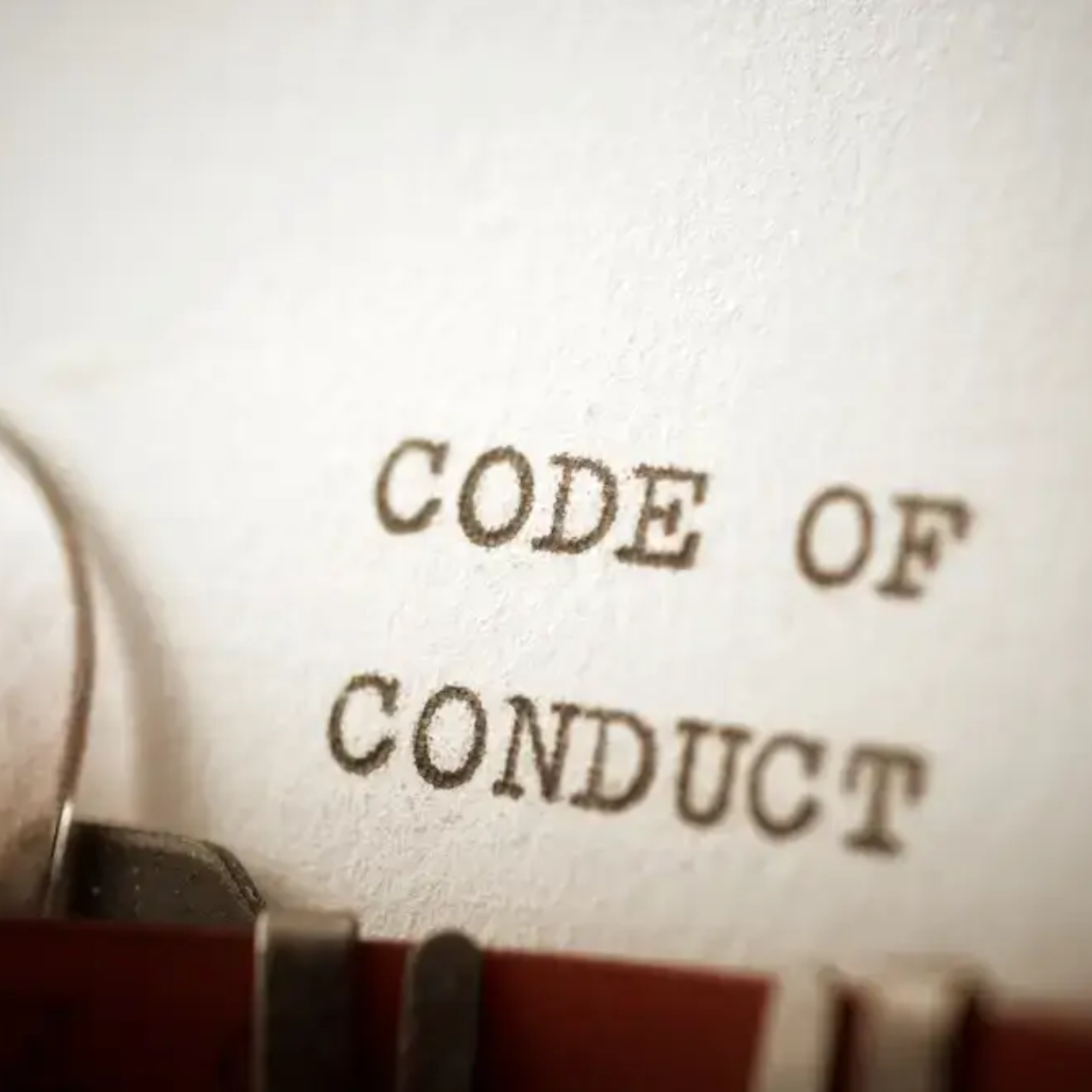Analytical labs play a central role in drug development and manufacturing. Whether testing raw materials, finished products, or environmental samples, the accuracy and integrity of lab data are vital for patient safety and regulatory compliance. That’s why the FDA keeps a close watch on how these labs operate, and why many violations show up in this area.
This article looks at the most common cGMP (current Good Manufacturing Practice) violations cited by the FDA, based on inspection data and real examples. Understanding these trends helps labs avoid mistakes that can result in costly 483 observations or warning letters.
Why Analytical Labs Face Close FDA Scrutiny
Analytical labs generate the data used to support product release, stability, and shelf-life decisions. If this data is unreliable, it can lead to the release of unsafe or ineffective drugs.
Because of this, FDA inspectors frequently review:
- Lab documentation
- Instrument calibration and maintenance
- Test method validation
- Handling of out-of-spec (OOS) results
- Data integrity and security
Any gaps in these areas can result in citations, sometimes even shutting down operations until corrected.
Volume of Violations: What the Numbers Show
Between 2014 and 2018, the FDA issued an average of 3,362 Form 483 observations per year. Out of those, 685 to 716 forms were issued annually to drug manufacturers. These reports identify specific areas of non-compliance found during inspections.
In 2019, the number of drug-related 483 forms climbed to 779, reflecting more inspection activity and renewed focus on compliance.
Most Common Violation Area: Laboratory Controls
The most frequently cited category across five years was Laboratory Controls (Subpart I), with 2,603 violations. This section includes rules for testing, sampling plans, method validation, and equipment suitability.
Common issues under this category:
- Incomplete or invalid test methods
- Poor handling of OOS results
- Lack of proper instrument calibration
- Repeating tests without justification (“testing into compliance”)
- Inadequate sampling procedures
One example involved a lab that failed to investigate failed assay results. Instead of documenting the issue, the analyst retested until a passing result was achieved. This raised concerns about data reliability and led to a warning letter.
Records and Reports: Second Most Cited Category
Records and Reports (Subpart J) came in close behind, with 2,530 violations over five years. These rules govern how labs record, store, and review test data.
Common issues in this category:
- Missing or incomplete data entries
- Lack of audit trails in electronic systems
- Backdating or overwriting results
- Poor review procedures
- Uncontrolled document changes
In one case, a company used spreadsheets to calculate results but didn’t restrict editing or track changes. FDA inspectors viewed this as a major data integrity risk.
Other High-Risk Areas: Production, Personnel, and Equipment
While analytical labs focus on testing, many still fall under cGMP requirements for production and personnel. Violations in these areas include:
- Production/Process Controls (2,088 citations): Such as using unapproved procedures or skipping required steps.
- Personnel (1,902 citations): Like inadequate training or failure to follow SOPs.
- Equipment (1,621 citations): Including lack of calibration records or use of unqualified instruments.
For example, one inspection found that analysts operated an HPLC system that hadn’t been calibrated for over a year. This led to questions about all the data generated during that time.
Data Integrity: A Persistent Problem
Even as total warning letters declined,from 106 in 2015 to 19 in 2018,data integrity remained a major focus. FDA inspectors are trained to spot signs of manipulated or hidden results, such as:
- Inconsistent peak integrations
- Files deleted or renamed without explanation
- Tests performed off the record
- Manual entries made without timestamps
The shift toward digital systems hasn’t eliminated risks; it’s simply changed how they appear. Inspectors now look closely at audit trails, user access controls, and whether raw data is preserved.
Trends in Warning Letters
The number of FDA warning letters tied to analytical lab cGMP issues fluctuates year to year. In 2014 and 2015, over 100 warning letters were issued each year. This dropped to just 19 in 2018, likely due to:
- Fewer inspections in some regions
- A shift toward pre-approval inspections and data integrity reviews
- More use of remote assessments
However, the drop doesn’t mean fewer problems. It often reflects resource allocation or enforcement strategies rather than improved compliance across the board.
Root Causes of Lab Violations
Most lab violations are not caused by bad intentions, but rather by:
- Poor training on cGMP basics
- Pressure to release products quickly
- Lack of oversight in document handling
- Weak internal audits or review systems
- Using outdated equipment or unvalidated methods
Fixing these issues often starts with building a stronger quality culture, where accuracy is valued more than speed.
Practical Tips for Avoiding cGMP Violations
To stay compliant, analytical labs should take simple but effective steps:
- Regularly review SOPs and update them when needed
- Train analysts on proper documentation and data handling
- Monitor instrument logs and keep calibration up to date
- Review OOS investigations carefully and document all findings
- Back up all raw data and control user access to systems
- Perform routine internal audits and act on findings
Quality systems don’t have to be complex,but they must be consistent.
Audits and Inspections: Be Prepared
FDA inspections can happen with little notice. Labs should always be ready by:
- Keeping documents organized and accessible
- Knowing where critical records are stored
- Having qualified staff available to explain processes
- Reviewing past inspection findings and corrective actions
Preparation is the best defense against citations. And if mistakes are found, fixing them quickly shows that your lab is serious about quality.
Conclusion
Analytical labs play a major role in drug safety, which is why the FDA closely monitors how they follow cGMP rules. From method validation to data integrity, violations can occur in many forms, but most are preventable with the right focus and training.
By learning from past FDA observations, like the 2,603 citations under laboratory controls and 2,530 under records, you can protect your lab from costly warnings and build trust with regulators and clients alike.
The goal isn’t just to pass inspections, it’s to build reliable systems that produce safe, consistent results every day.





